What we now know as the nation of Iraq is largely regarded as the birthplace of civilization. The first cities arose here 6,000 years ago between the Tigris and Euphrates rivers. It is here that humans first developed a system of writing we can still read today, known as cuneiform. Its modern capital of Baghdad also has a rich history going back to 762 CE. For several centuries, while Europe was in the midst of the Dark Ages, the Muslim world was embracing science and philosophy, with Baghdad at its heart. The region went into decline after the Mongol invasion of 1258 and became part of the Ottoman Empire in 1534, until the British invasion of Baghdad in 1917. The British maintained control until they installed their chosen king (Faisal) for Iraq in 1921 and declared Iraq an independent state.
The British reoccupied Iraq for a short time during World War II, but the monarchy survived until a violent overthrow in 1958. Following the coup, an ongoing struggle ensued between internal groups until Saddam Hussein seized power in 1979. His 1990 invasion of the nation of Kuwait led to the first US war with Iraq to push out Hussein's forces. However, the 2003 US invasion of Iraq more direly impacted the population, resulting in the deaths of an estimated 461,000 civilians. The US occupation lasted until 2011, followed by a struggle for control by various internal groups, which included the rise of the violent group known as the Islamic State. To this day, Iraq continues to experience issues of political instability, violence, and corruption.
While the majority of Iraqi immigrants arrived in the United States following the Gulf War in the early 1990s and the US invasion and occupation of Iraq in 2003, Iraqis began arriving in the United States in the late 19th century. Many of these early immigrants were Arab Jews and Christians. The majority of the country is ethnically Arab and practices Islam. However, Iraq contains a variety of ethnic and religious groups. There are Arabs, Kurds, Chaldeans, and Assyrians who practice various forms of Islam, Christianity, and Yezidi.
The first Iraqi we found in Colorado was Samuel Suleiman Isa, who was born in Baghdad in 1892. He registered for the draft in 1917 while attending Lake Forest College in Illinois. By 1950, he and his wife Joella (a teacher), were living at 725 F Street in the mountain town of Salida, Colorado, where Samuel served as the local Presbyterian minister.
When the US bombing of Iraq began in January 1991, Ghassan Alqueser was one of only 40 Iraqis living in Colorado. He was studying engineering at Colorado State University and suddenly found it difficult to communicate with family back home.
“Right after anything happened, my father said they would try to go out of Baghdad. We have some relatives out of town. But I don't know if they got to do that. I am hoping.” - Denver Post January 17, 1991
Almost immediately, FBI regional chief Robert Pence began speaking about the need to prevent potential terrorist strikes in Colorado that may be committed by Iraqis, despite the Denver Post revealing in a January 23, 1991 article that potential threats called into the FBI thus far were false leads. At a time when many needed to seek refuge in the US, prejudice and fear grew against those very same people. The Arab-American Anti-Discrimination Committee reported attacks on Arab Americans skyrocketed soon after the war started.
Fighting officially ceased at the end of February 1991. However, it soon broke out again amongst some Shia Muslim and Kurdish groups encouraged by the US to oust Iraqi dictator Saddam Hussein. These groups met violent defeats. The US military did not intervene in the conflicts.
Shokh Zewar was a Kurdish Iraqi born in Kuwait who had come to work and live with her Kurdish family in northern Iraq. After her coworkers with the international charity Care International, began being hurt or killed by Saddam Hussein’s forces, she feared for her life.
“Every morning,” Zewar says, “I was expecting a bomb. I had a job. I had some money. But it's nothing compared to my life.” - Denver Post January 22, 1995
She made her way to Denver, which she said reminded her of home in northern Iraq, and took a job in the Denver Tech Center. The year after she was interviewed, half a dozen other Kurdish families arrived in Denver under the federal refugee resettlement program that would include around 120 families by the end of that year. Many of the families began taking classes in English at the Emily Griffith School as they settled into apartments in Denver and Aurora. While learning English, many attended classes at the Spring Institute in Denver that taught new Americans skills needed to enter the workforce.
By 2000, there were around 100 Iraqi families living in the metro area, according to the Denver Post. Among them was 30-year-old Salam Al Rubailly. He had arrived in 1996 and gone from working in manual labor to managing an optics shop. He worked to bring his wife from Iraq as people continued to suffer there from US economic sanctions. Rubailly fought against Saddam Hussein, and also spoke out against the sanctions that continued to harm ordinary Iraqis. Conditions in Iraq only got worse with the 2003 invasion of the country. In the words of Iraqi refugee Souad Minched:
“Why, why? Why did he surprise them? Bush doesn't think about the kids or the family. The people, they go to work, they go to school. He bombs them at 6 a.m.. Why? Nobody deserves this.” - Denver Post March 20, 2003
As the war ramped up, Arab Americans, already victims of hatred and discrimination, came under increased scrutiny by the government as agencies such as the Department of Homeland Security (DHS) and Immigration and Customs Enforcement (ICE) came into being. Federal agents came into Colorado to arrest what the Post referred to as 10% of the Iraqi population, and interviewed at least 150 of the 500 Iraqis living in the state. Many members of the Iraqi community celebrated the downfall of Saddam, but it began to be clear that the future they hoped for was not on the horizon.
“A lack of electricity, drinking water, food and security in Iraq, months into American occupation, is proof that the U.S. policy is failing.” - Ibrahim Kazerooni, imam at Islamic Center of Ahl Al-Beit in Denver, Denver Post August 31, 2003
Iraqi elections in 2005 left many Iraqis in America hopeful, but the conditions on the ground and fighting between competing factions worsened in Iraq. According to Voice of America, immigration from Iraq went from 200 in 2006 to over 19,000 in 2009. Part of this group of new refugees were Iraqi sculptor Jaafar Al Saad, his wife Soud Al Taal, and their daughters Nour and Zainab. They were one of several families resettled by Lutheran Family Services. Soud worked on getting a child care license, while Jaafar spent time at the Emily Griffith Opportunity School as he looked for a sculpting job with one of the few stone-carving companies in the region. After spending their first Thanksgiving with Steve and Ellie Anderson, Jaafar said,
“I feel I'm human. I feel I have a life worth living. I'm thankful for all the people who’ve helped me.” - Rocky Mountain News November 7, 2008
Unfortunately, things changed dramatically on Thanksgiving of 2016 after President Trump began pushing a Muslim ban. More than 750 refugees from many countries attended an annual celebration at a local Greek Orthodox Church. People like Melissa Theesen were working to reassure people.
“People have expressed fear of being deported. They've expressed fears about being safe in public. They've expressed fears about their children being safe in schools. We've heard of incidents of harassment.” Denver Post November 22, 2016
Even while the Trump administration continued to make it more difficult for those seeking refuge, Colorado continued to welcome them and benefit from their contributions. In 2018, Maytham Alshahood, a former interpreter for US forces overseas, began getting involved in local politics. He founded Drive Project Colorado in order to increase civic engagement, register new voters, and advocate on behalf of the immigrant community. Like Maytham, Zara Otaifah fled the violence with her autistic son. She held a degree in optical engineering and worked as a graphic designer, but started her life in America working at Panera. Eventually, she embraced her passion for photography as well as becoming an advocate for autistic children. She even published “Autism Mom Behind the Camera” through the Denver Open Media Foundation in 2018. In September 2021, she officially took the oath to become a US citizen. While her experience of adjusting to a new country had been difficult, she eventually saw Colorado as her home.
“Home is not rocks and buildings,” she said. “Its a feeling, a sense of belonging.” - Denver Post January 10, 2022

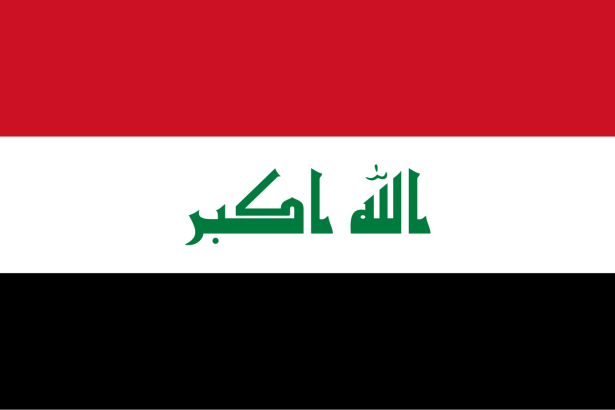
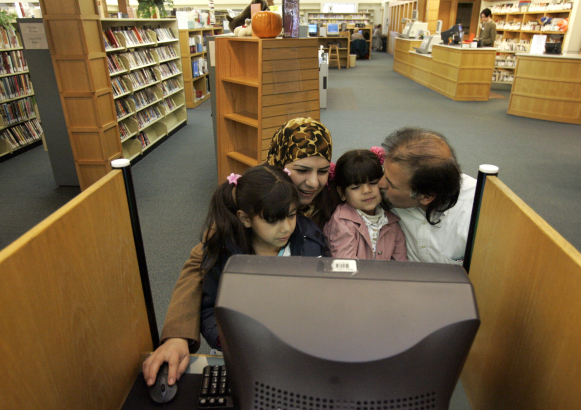
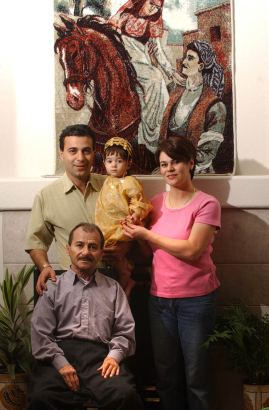
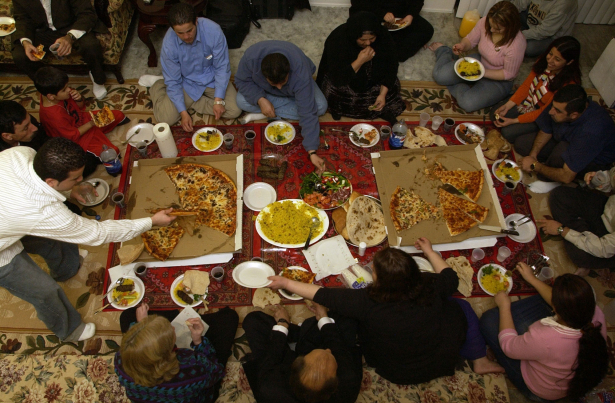
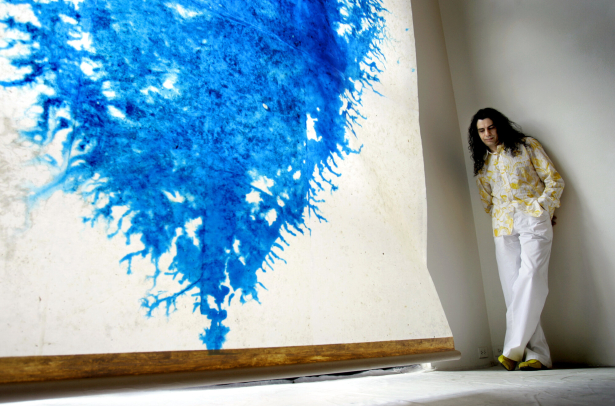
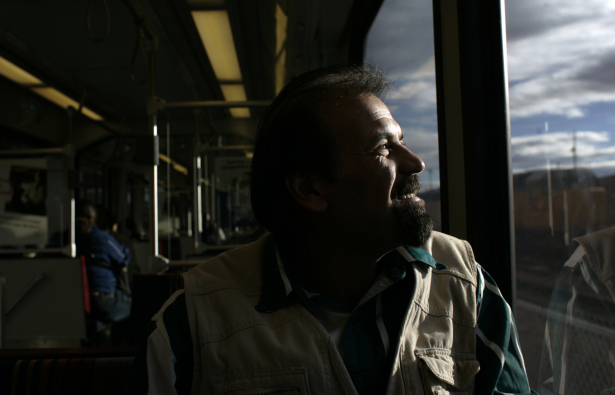
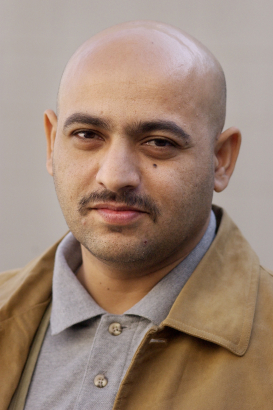
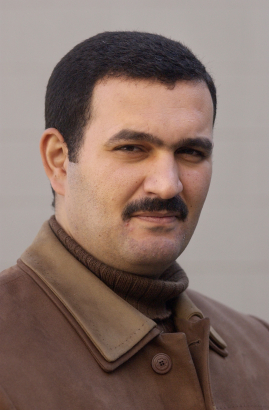
Add new comment